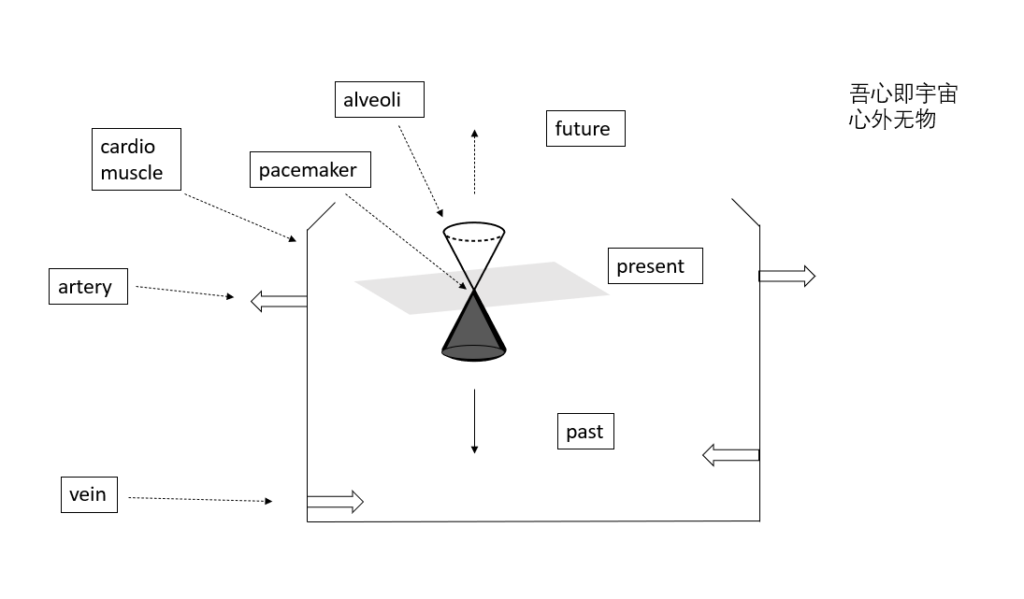This nuclear reactor can be scaled up or down to the pocket size or building size, and can be stacked in skyscrapers.
核反应堆可大可小,像孙悟空的如意金箍棒一样。在电磁的世界里,二极管就是单向阀,电容相当于水库,弹簧……更微观的、便携式的,常温下的超导体的结构建造也是可行的。这样的核反应堆当然也可以以链式反应或引发雪崩的方式,被堆积到摩天大楼中。
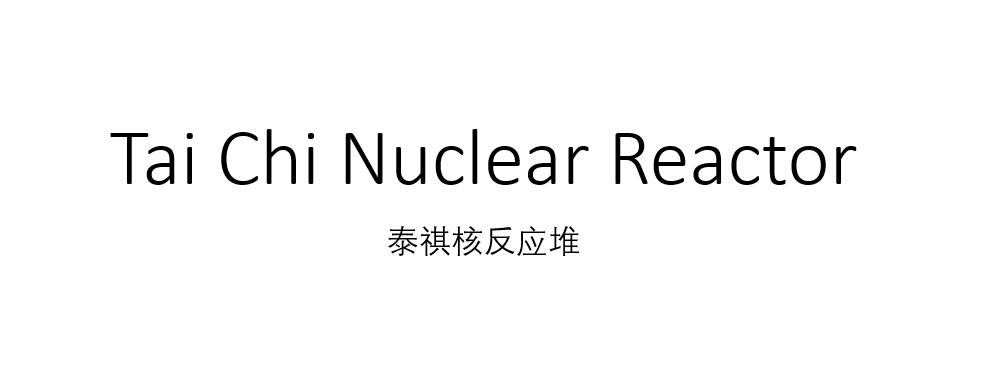
For people understanding motion without resistance, or flow in superconductors, it comes natural that such motions by matter or flows in such kind of environment would generate nuclear energy.
理解无阻力条件下的匀速直线运动,或超导体中的流体运动的读者们,都可以理解:那样的环境中物质的运动,实际上就能够产生核能。
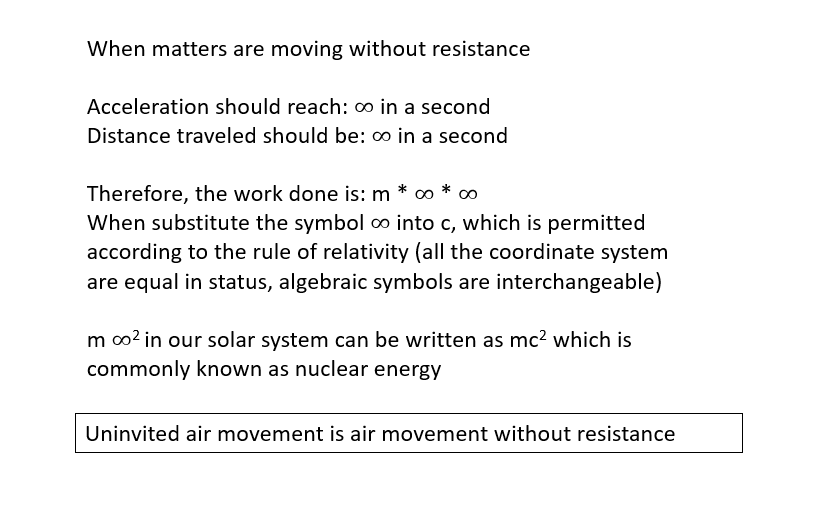
Theoretical research is fun, but hands-on experiment and manufactured products, bring domestic utility.
理论研究说得过去,光说不练的话,却不能给人民生活带来真正的实际用途。
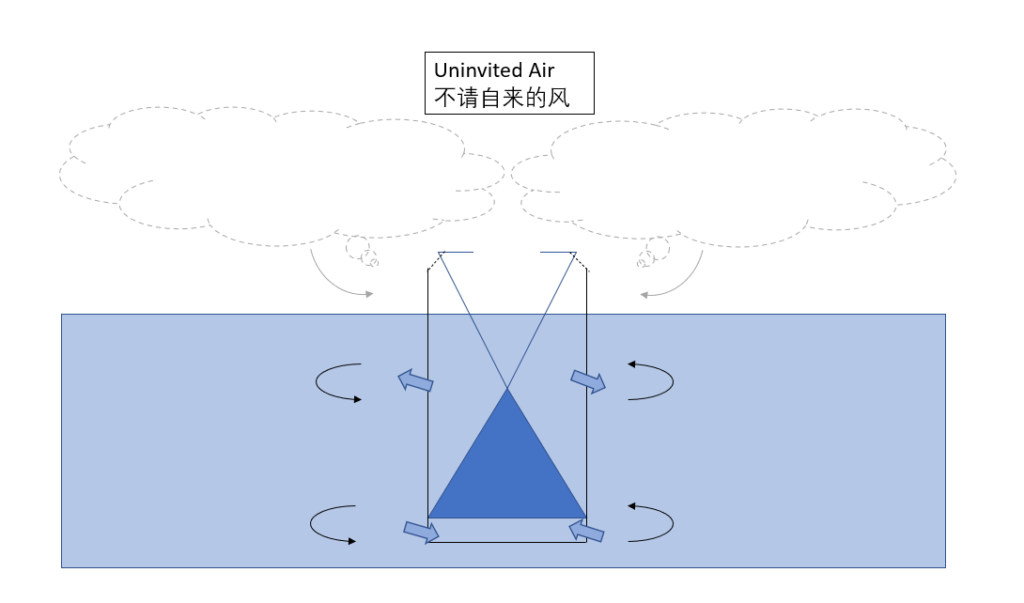
Air and water induction works the same way as electromagnetic induction.
风和雨的感应,与电磁感应有着同样的工作原理。
Now some demo and experiment.
光说不练,有“假把式”的嫌疑。

Because mass is proportional to inertia force and potential energy, smaller the models are more difficult to make.
惯性力和势能都和质量成正比。所以越小的反应堆,越是难以制造。
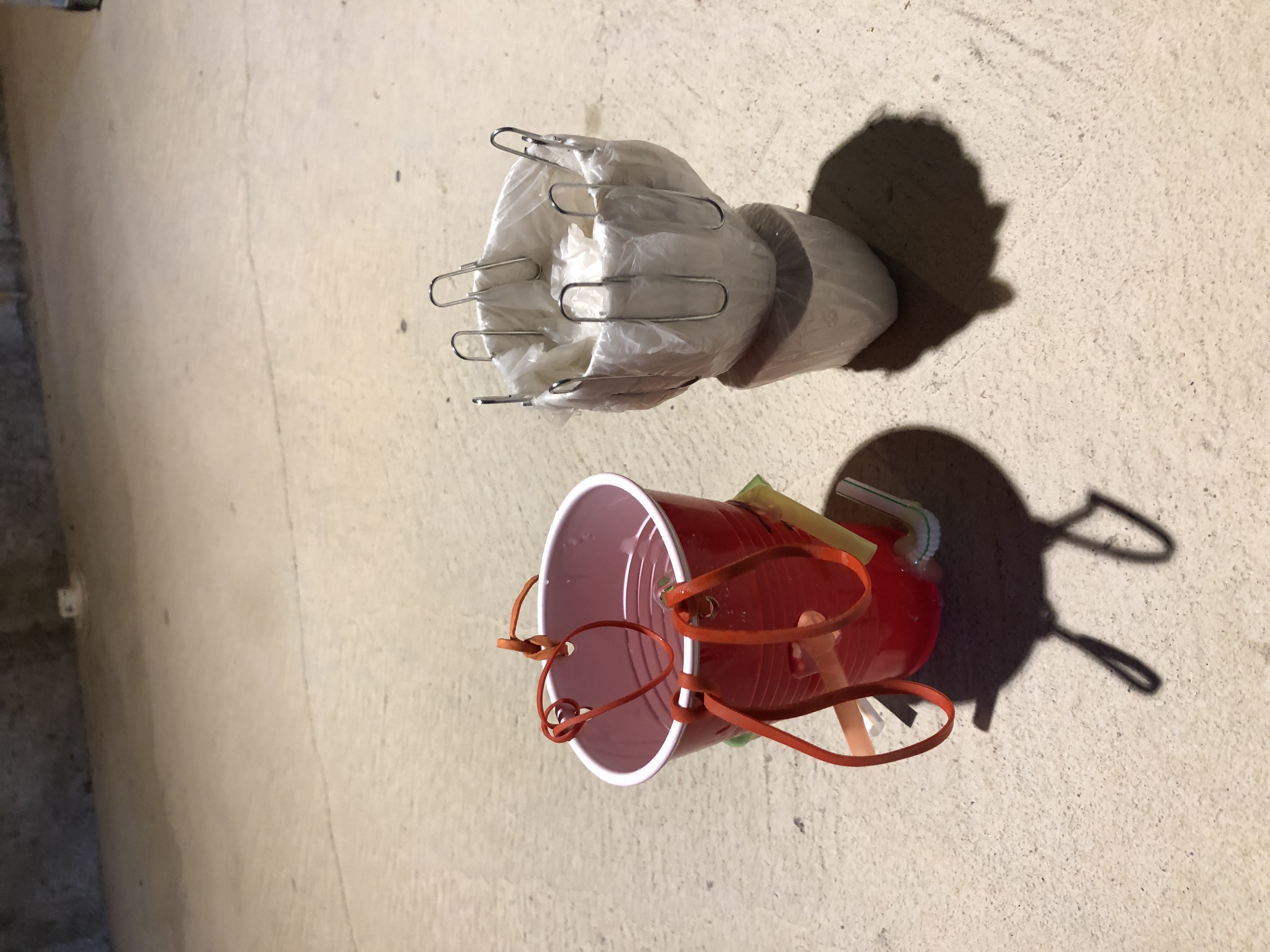
The model with less mass and having less inertia and releasing less potential energy.
这是一个袖珍、微型的小反应堆。如意金箍棒在手掌心应该是无毒、无放射性、无害的。
Another experiment.
大一点的模型。
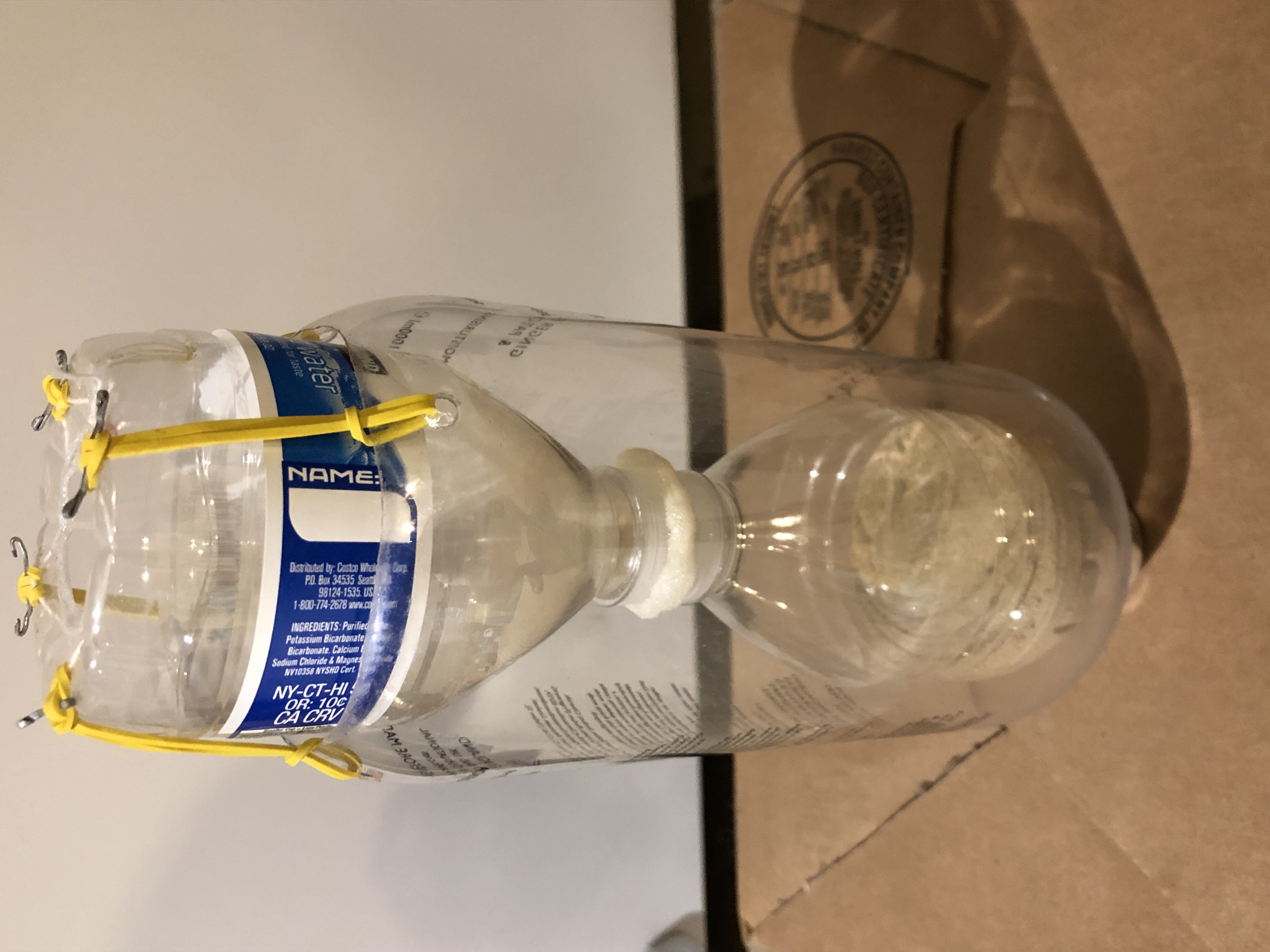
Mass is slightly larger, therefore inertial force and potential energy harvested, reached a bigger value.
质量大一些的反应堆可以获得更大的惯性力,收获更多的势能的转换,在实际生活中有更多的应用价值。
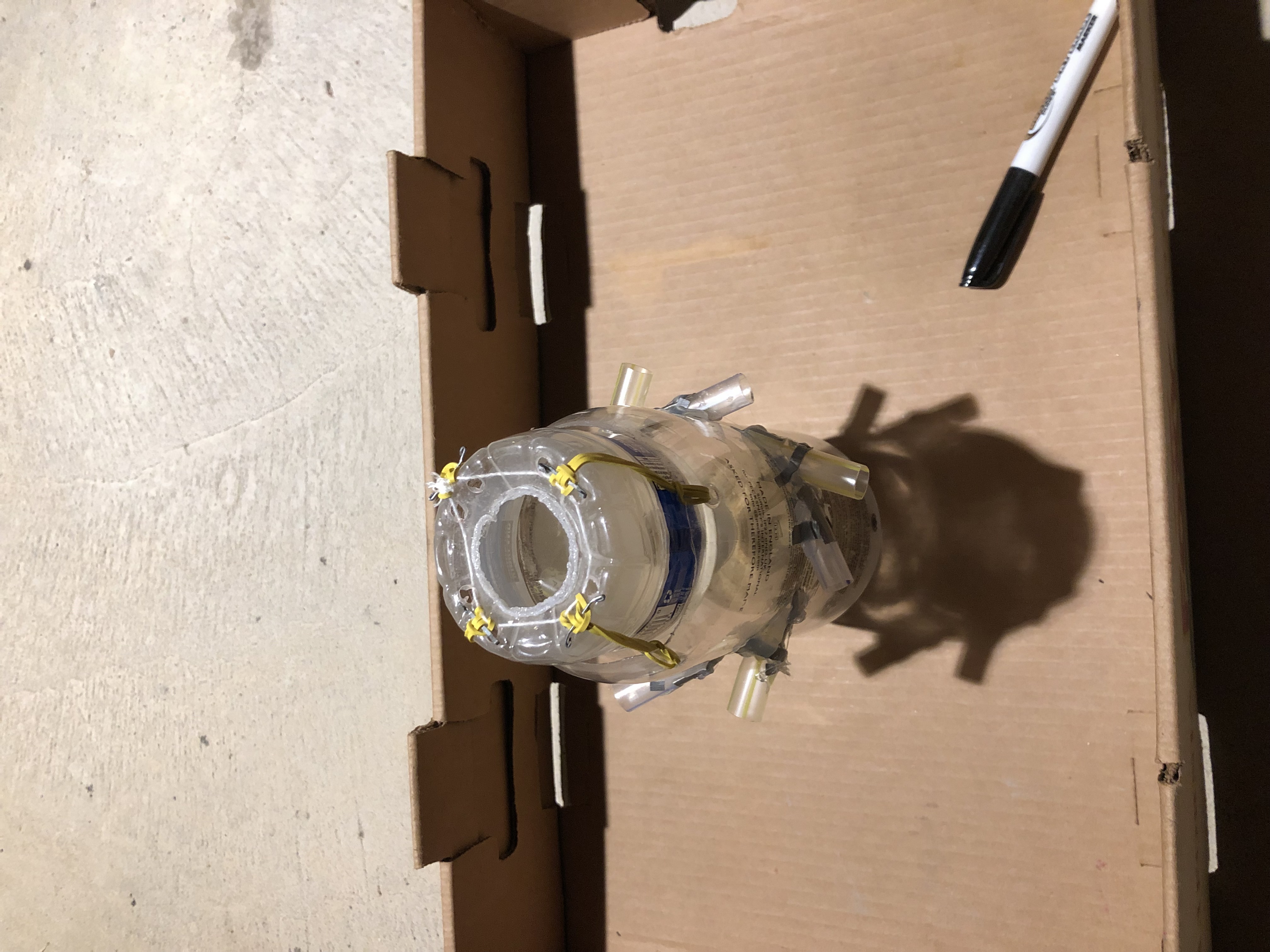
When more mass is acquired, there’s more inertia and more potential energy is released.
这就是以上所说的实验结果。
A nuclear reactor works just like a heart, and the pacemaker has a structure of a light cone.
一个核反应堆的工作原理与一颗心相同。起搏器就像一个表述时空坐标系的光锥。过去是沉重的,将来是通天的。
